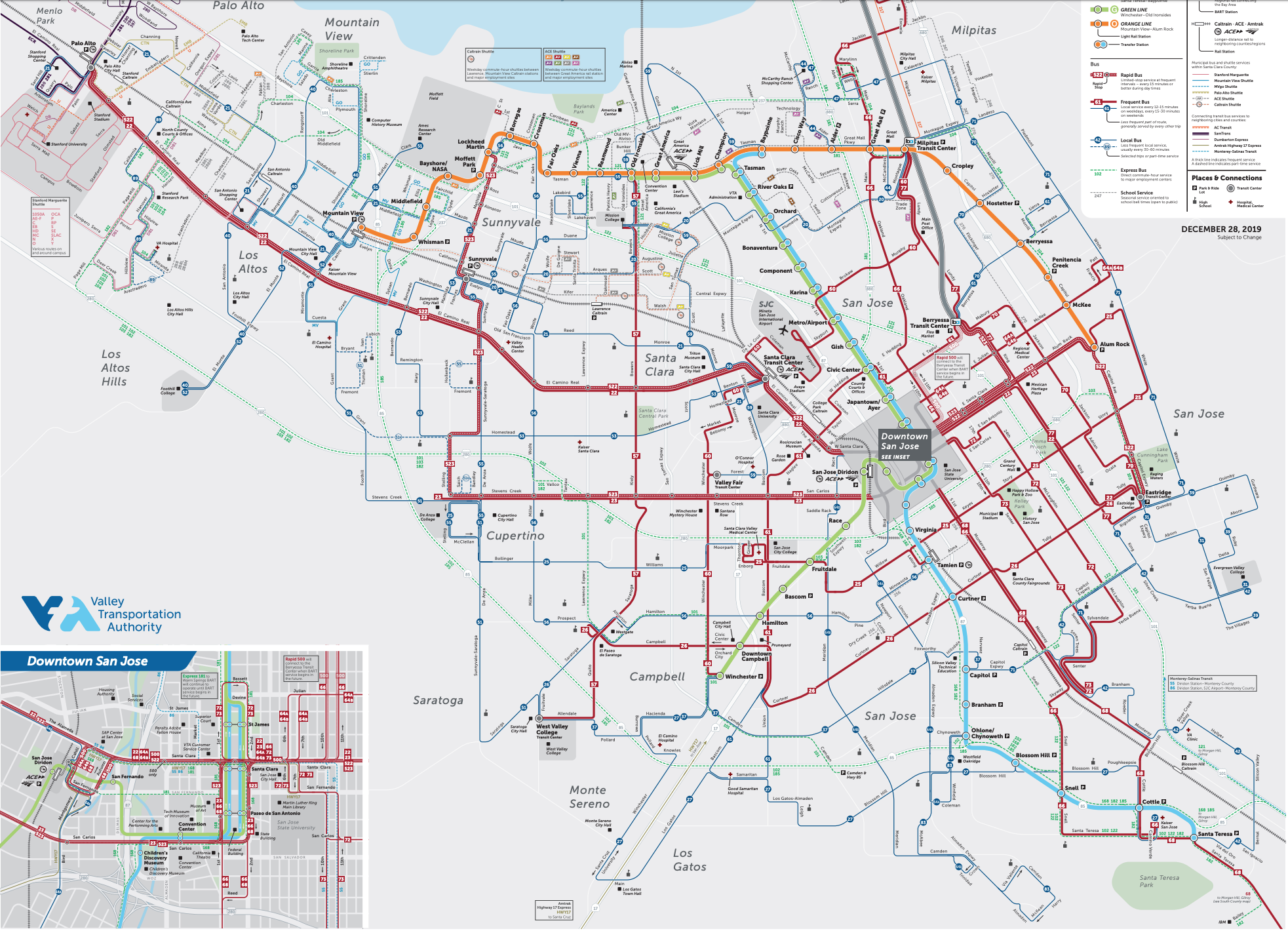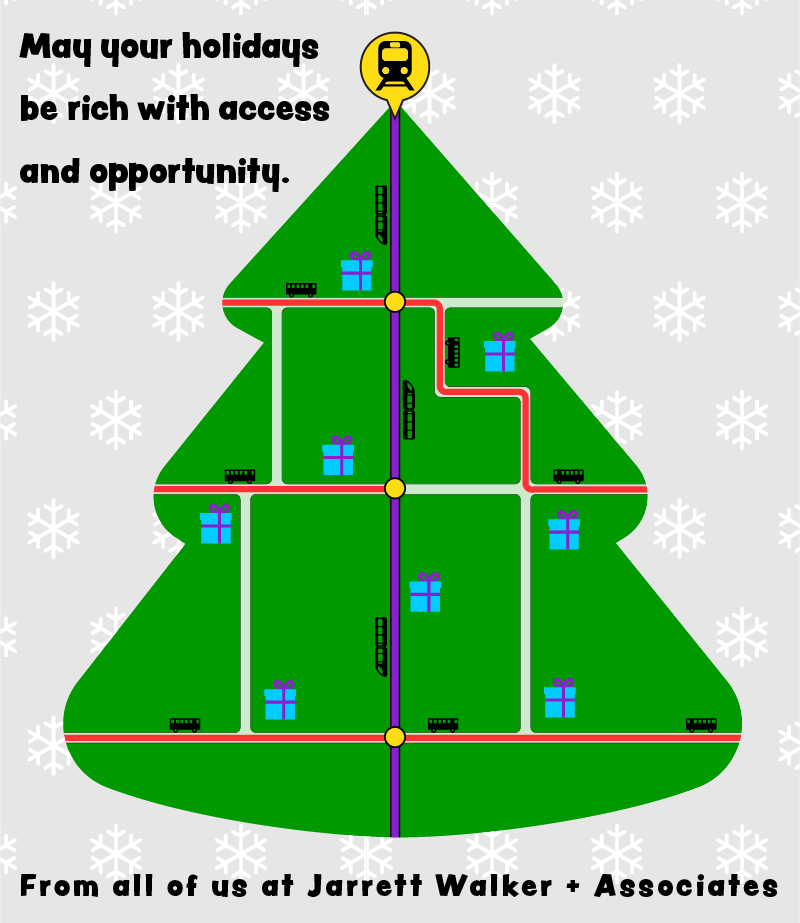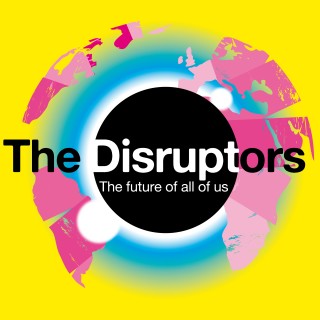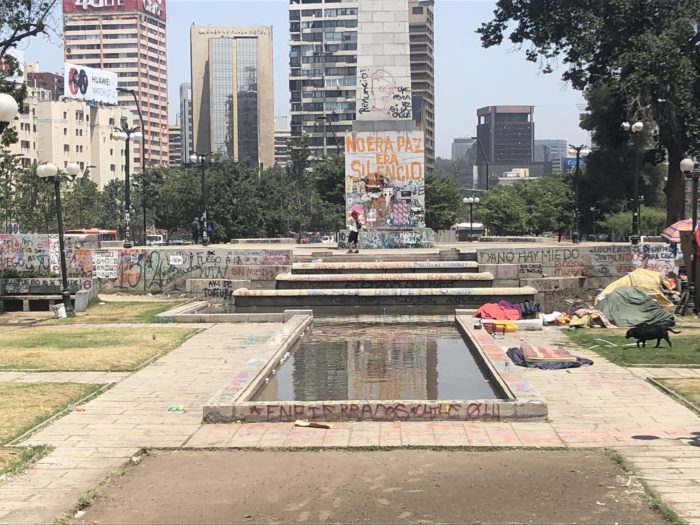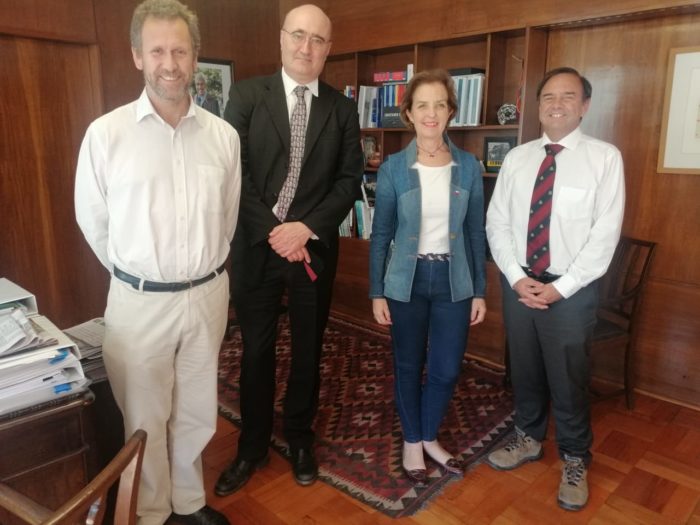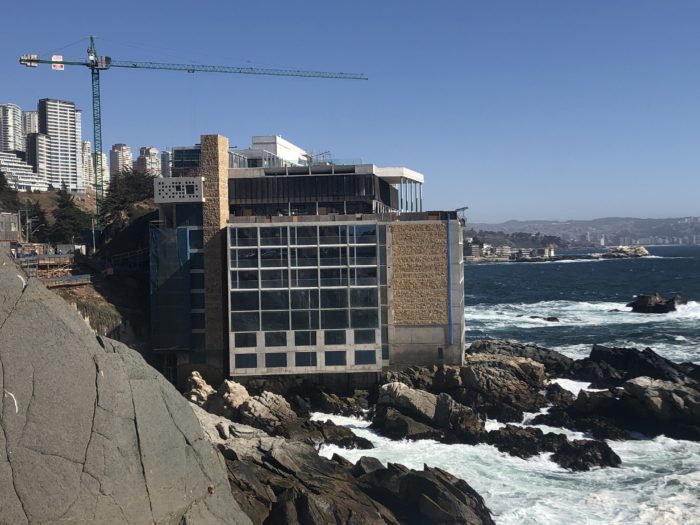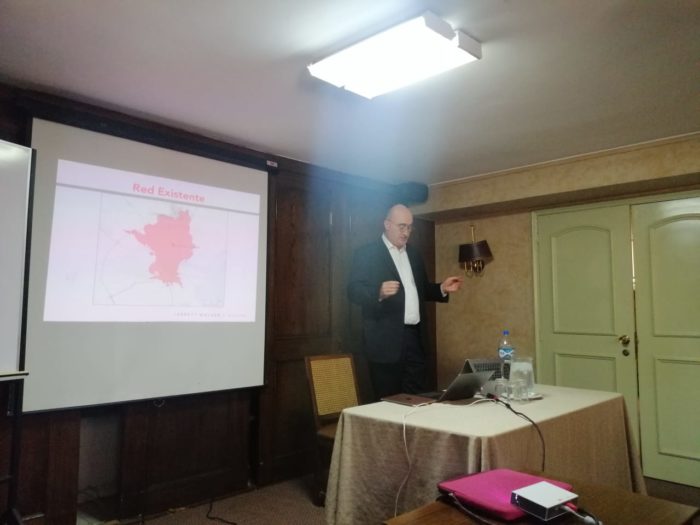Finally, the long deferred new network design for Valley Transportation Authority — which covers San Jose and much of Silicon Valley in the Bay Area, is going live as I write this, on December 28, 2019. The plan arises from a major study that we led in 2016.
[Implementation was delayed so long due to delays in completing the BART rapid transit extension from the East Bay into San Jose, which the plan is intended to complement. VTA planned on the line opening tomorrow, but a last minute delay (too late for VTA to postpone their plans) has pushed that opening into the spring, so express buses will be providing that link in the meantime.]
What’s new? A massive high frequency grid covering most of San Jose, where transit demand is highest, but also bit improvements for the “Silicon Valley” area to the west. A new frequent north south line runs through Sunnyvale and Cupertino. Routes are simplified and made straighter. The light rail system was redesigned at the same time, to make it more gridlike as well. Nothing new was built, but the service pattern is also more of a grid, with a new continuous east-west line across the north side of the region that will connect tens of thousands of jobs to BART for travel to the East Bay.
Here’s the old network, with red denoting high frequency. (Click to enlarge and sharpen.)
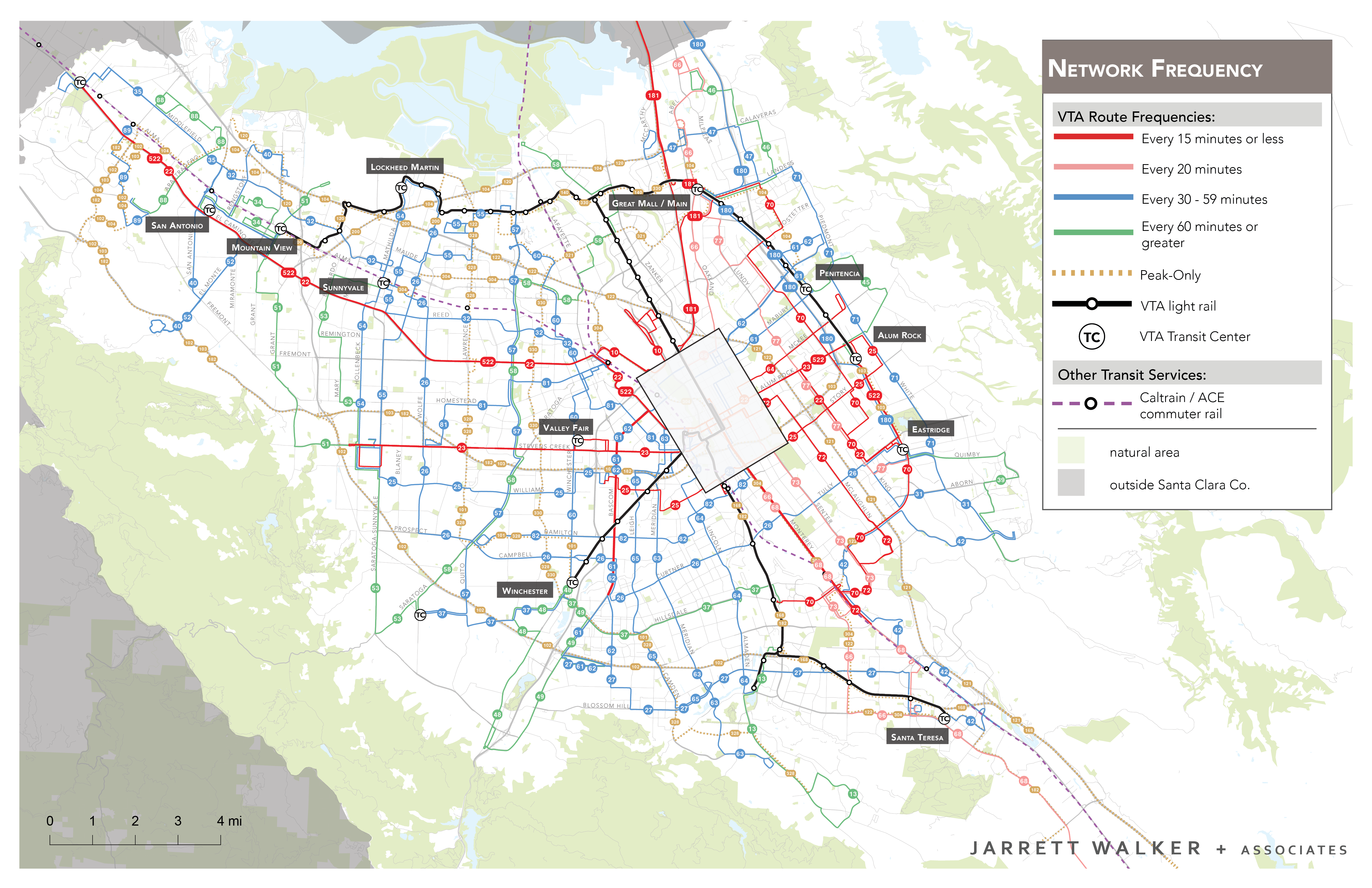
The old VTA network. Red = 15 minute frequency or better. Note the lack of a high frequency grid apart from the lowest-income area in the far east. Map by Jarrett Walker + Associates.
And here’s the new one, by our friends at CHK America. The style is slightly different from ours, but still, high frequency is in red, and the broad colored lines (black in our map above) are the light rail network.
Also, an historic event about which I’ll write more: A two-segment very low-ridership light rail segment has been closed, between Ohlone/Chynoweth and Almaden stations in southern San Jose. I believe this is the first time that a modern US light rail segment — i.e. built since the 1950s — was permanently closed, with the exception of a single station in Pittsburgh. (Please correct me if I’m wrong!)
And yes, some low-ridership segments disappear, though very few people end up losing all of their service. Often, the deleted routes provided some link inside an area that already had other service, and while some of these routes were fiercely defended by locals, there was no way to justify them when they achieved neither high ridership nor unique coverage. Another important part of that story is that many of the wealthier Silicon Valley cities have their own transit services, and while of course they would prefer that the county pay for their service, they have the option of running some of these low-ridership links themselves if they decide it is important to them.
Meanwhile, the center of gravity of the network remains in the east, not just because incomes are lower there but also because the geography is more favorable to efficient transit, with fewer barriers to walking and a more regularly gridded street network. Google’s move into the Diridon station area of San Jose is a great first step toward bringing jobs and prosperity into a landscape that efficient transit can serve well.
All this resulted from a clear discussion with the VTA Board, and the community, about the ridership-coverage tradeoff. The old system was about 70% justified by ridership, while the new network is closer to 90%. Getting to the right balance of ridership and coverage goals was the result of a long conversation, in which we showed the public alternatives and got their feedback before the Board made a decision.
To all of Silicon Valley and San Jose, welcome to your new network. It’s been a long struggle (for VTA more than for us) but you can finally go places you could never go before, and soon.
